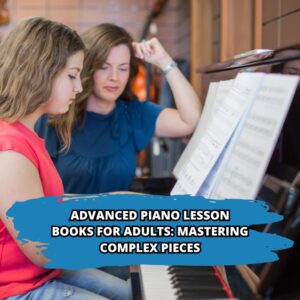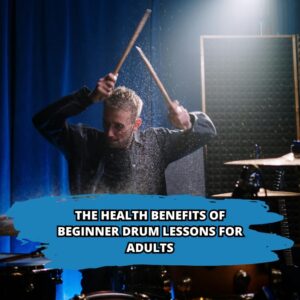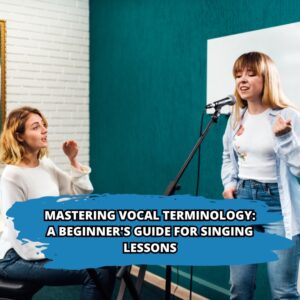The ability to tune an instrument by ear is an important one. Perhaps you have seen someone that just sits down with an instrument and starts to tune it without any effort at all. You may have thought to yourself that this person was naturally gifted at music and that you would never be able to do it. Fortunately, tuning an instrument by ear is something that can be learned and learning how to do it can help you in many different ways.
Sax Lessons – Tuning Brass or Wind Instruments
If you play a wind instrument or brass instrument you may have a tuning system that you are already using. Perhaps you are making adjustments to the barrel on your saxophone in order to make a target note match one note on your instrument. This would make the instrument in tune.
Guitar Lessons – Tuning a Guitar
If you are taking guitar lessons and need to tune your guitar, each string must be tuned individually. If you’re going to be playing along with a variety of other instruments or a track, every string must be tuned according to a reference pitch. You can also do it by tuning a single string to match a certain reference point and then continue tuning all of the other strings on your guitar based on the first string that was tuned. On the other hand, if you’re planning on simply playing solo, you may only want to make sure that all strings are in tune one with the other.
Singing Lessons – Tuning Your Voice
If you love to sing you will also need to tune your voice. Think of your voice as being an instrument that requires tuning before being played. Once you start singing the tuning must be ongoing in order to remain in perfect pitch. It’s important to warm up your voice before you start singing in order to get in tune and this is something that most people aren’t aware of until they have taken singing lessons.
Electronic Tuners versus Tuning by Ear
In this day and age we are used to using electronic devices to do just about everything for us. There are digital tuners available on the market that can help you tune your instrument. These devices are very convenient and accurate and they can be carried around easily. There are even tuning apps available for your cell phone that can be used.
When you learn how to tune an instrument by ear, however, you will increase your own sense of pitch. Even if your pitch sense isn’t the greatest right now, it can be improved. As well, you don’t need a perfect sense of pitch in order to play an instrument. There are many people that play instruments that don’t have a great pitch but can play beautifully.
If you want to master an instrument, however, you will need to have a good sense of pitch. The pitch is at the very core of the way you express yourself through music. When you improve your pitch skills you will be able to be more expressive and will find it easier to improvise. You also need good pitch skills in order to play by ear.
How to Tune an Instrument by Ear
Tuning an instrument by ear is pretty much the same as using a digital device. You will be listening to a note, checking the sound and then making adjustments. If you’re going to be doing it by ear you will use your own pitch sense to determine if the note sounds too low or too high. If you use a device, the electronic display will tell you what to do.
It all comes down to figuring out whether a note is too high or too low. You make an adjustment and then listen to the target note again and decide whether another adjustment is necessary. When you do it this way, you are giving yourself a class in perfecting your pitch.
It’s easy to start tuning your instrument by ear. You can still use the electronic tuning device to give you the initial note that will act as a reference for you but from that point on you can rely on your own abilities to do the tuning. Once you believe that you have found the right pitch then you can check to make sure that all is good on your electronic device.
You may not get it right the first time, the next time or even the time after that. It may take some perseverance on your part to get to a level where you can tune your instrument with confidence. As you move forward, however, you’ll probably notice that your pitch skills are getting better, which is invaluable when you are playing music.
When you are determined that you are going to improve you will see the reward at the end of the tunnel. Part of the process of learning music involves improving your pitch. The best way to do this is to learn how to tune an instrument and your voice by ear. You’ll find that as you move forward with your lessons, everything will become easier.
Why Music Lessons Are Important
Learning how to play an instrument or taking singing lessons is a wonderful way to express your emotions through music. You will feel the release of stress once you get started. Music is a beautiful way to express yourself through a form of art. You will also discover more about yourself when you learn to sing or play.
If you have always been interested in learning how to play an instrument or want to sing better, consider taking online music lessons. You can take them in the comfort of your own home and won’t have to play or sing in front of other people until you feel you are ready to take this next step forward. Learn more about online lessons today by visiting our website at elitemusic.ca.









